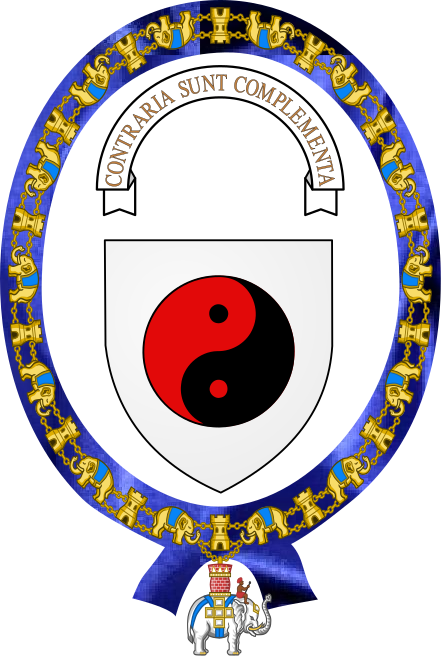The Confucius Institute of the Copenhagen Business School is arranging the Niels Bohr Donation Ceremony on April 17, 2015 from 13:30-15:30 in Copenhagen, where six sets of Niels Bohr’s Collected Works translated into by the Chinese Professor Ge Gewill be donated.
The ceremony will include a performance by musicians from Copenhagen Music Confucius Institute and a speech by the Director of Niels Bohr Archives, Mr. Finn Aaserud. After the ceremony, the participants are invited to join a reception.
Professor Ge Ge, born on 22 January 1922, graduated from Beijing University in 1949 and from Qinghua University in 1952. He started the translation of Niels Bohr Collected Works in the 1960s which continued at China Petroleum University and onward until his death in 2007. Through his many translations and his research in physics, Professor Ge Ge has played an important role in making Danish science and culture known to the Chinese public. In 2001, he was presented with the Knight insignia of the Danish Order of the Dannebrog in recognition of his work.
The relevance of Niels Bohr was again acknowledged in June 2013, when the Chinese Politburo’s Standing Committee member, Yu Zhengsheng, paid a state visit to the Niels Bohr Institute in Copenhagen.
On this background, the donation of the translation of Niels Bohr’s collected works can be seen as yet another chapter in the good relationship and exchange of ideas between Denmark and China.
Professor Niels Bohr, the master of modern theoretical physics, through his life sought to actively support the strengthening of international scientific communication and cooperation. This also led him to China in 1937, where he accepted the invitation from Wu Youxun, Dean of the College of Science of Qinghua University.
 Niels Bohr was well aware of the parallel between his concept of complementarity and Chinese thought and he was deeply impressed by the ancient Chinese notion of polar opposites. For this very reason, when Niels Bohr was awarded the Danish coat-of-arms for his outstanding contributions to Danish science and cultural life, he chose the yin and yang symbol known from Chinese philosophy as a represention of the complementary relationship of the archetypal opposites. In choosing this symbol for his coat-of-arms, together with the inscription Contraria sunt complementa (Opposites are complementary), Niels Bohr acknowledged the profound relation between ancient Chinese wisdom and modern Western science.
Niels Bohr was well aware of the parallel between his concept of complementarity and Chinese thought and he was deeply impressed by the ancient Chinese notion of polar opposites. For this very reason, when Niels Bohr was awarded the Danish coat-of-arms for his outstanding contributions to Danish science and cultural life, he chose the yin and yang symbol known from Chinese philosophy as a represention of the complementary relationship of the archetypal opposites. In choosing this symbol for his coat-of-arms, together with the inscription Contraria sunt complementa (Opposites are complementary), Niels Bohr acknowledged the profound relation between ancient Chinese wisdom and modern Western science.
This lecture is free of charge.
Venue:
CBS, Kilen
Kilevej 14, Ks43
2000 Frederiksberg
Denmark
Phone +45 38 15 26 90
